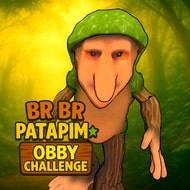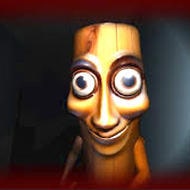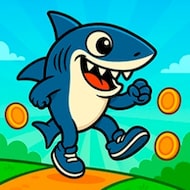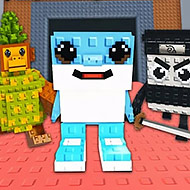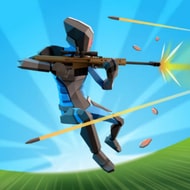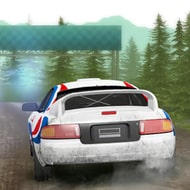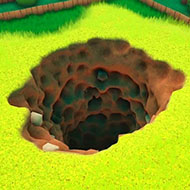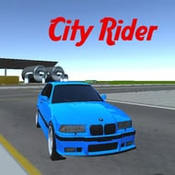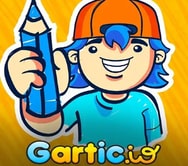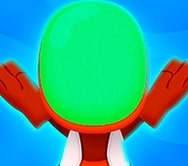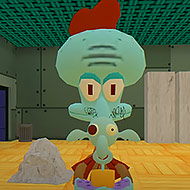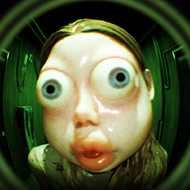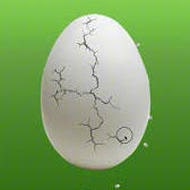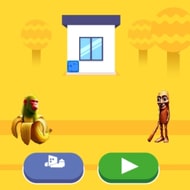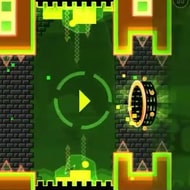
Geometry Dash Razorleaf
Geometry Dash Razorleaf is a rhythmic action-platformer with fast-paced gameplay, tight controls, and unforgiving obstacles. As with other entries in the Geometry Dash universe, it’s built on pattern recognition and music-synced level design. But Razorleaf turns up the intensity with visually dense environments and near-constant transitions.
Choreographed Chaos
This game demands razor-sharp focus. You guide your character—usually a square-shaped avatar—through an obstacle course that shifts in tempo and form. One moment you’re jumping spikes, the next you’re flying a ship through laser corridors. The level is fully synced to an intense electronic track that acts as both a rhythm guide and a source of tension.
Core mechanics include:
- Auto-scroll movement – You can’t slow down. You can only react.
- Shape-shifting zones – Jump, fly, reverse gravity, and teleport.
- Perfect timing – One late tap means starting over.
Patterns and Persistence
In Geometry Dash Razorleaf, every level is a memory game. First attempts rarely get far. Survival requires replaying sections repeatedly, recognizing patterns, and developing a rhythm. Most players progress through trial and error until the movements become automatic.
To improve at Razorleaf, consider these strategies:
- Use practice mode – It allows you to place checkpoints and master one section at a time.
- Focus on the beat – Visual cues matter, but syncing your jumps to music improves consistency.
- Limit distractions – Razorleaf uses flashy effects, but don’t let them throw off your focus.
Unlockables and Challenges
Geometry Dash Razorleaf includes a rewards system based on progression. You can unlock new icons, colors, and visual effects by meeting achievement milestones. These don’t affect gameplay, but they do offer a sense of personalization.
Questions players often ask include:
- Is there an end? Yes—each level has a fixed endpoint, but reaching it requires near-perfect execution.
- Are there secrets? Yes—hidden coins can be collected if you take alternate, riskier paths.
- Is it the hardest version? While subjective, Razorleaf is one of the faster and more complex levels available in the Geometry Dash series.
Visual Overload and Flow
One unique challenge in Razorleaf is visual saturation. The background pulses, platforms move, and color filters flash with the music. While beautiful, it increases the difficulty. To succeed, players need to train their eyes to ignore distractions and stay laser-focused on their hit box.
Geometry Dash Razorleaf is a rhythm-based test of memory, reaction, and determination. If you’re willing to retry, fail, and push through difficulty, this game delivers an experience that’s satisfying in a very specific way—overcoming what once felt impossible.
Comments
There are no reviews yet. Be the first one to write one.

